
This page is to mainly share some girl-focused underwater camera tips with my dive-sistas. Please note that it's about stuff that's specific to Singapore. This page does NOT go into detail on basic photography tips, as these are all available from the internet and photography books.
When Can I Start Underwater Photography?
A lot of websites advise you to log at least 50 dives, have peak performance bouyancy, and in terms of air consumption, be able to clock an hour of dive time (including your safety stop) - without having to share air with your buddy! - before you take up underwater photography. This is just to be practical so that by the time you're holding onto a fancy camera with fancy housing, you're not struggling with bouyancy and other things. And most importantly, you don't want to damage the reef.
Basically, good training, as early as your Open Water sessions, is critical. Our instructor kept stressing the importance of maintaining neutral bouyancy no matter how task-loaded we are. For example, practise mask-clearing, mask-removal or shooting your SMB in horizontal trim (ie not by kneeling on the seabed or holding on to something) without floating upwards.
The advantage (or disadvantage haha) of Living Seas - probably the best dive centre in Singapore - is that the instructors are GUE-certified technical divers so the emphasis is on Doing It Right (DIR) fundamentals. Personally, I find that their philosophy is very useful. (Especially their no-smoking policy!)
For me, I'm just happy to dive, I'm not terribly good at bouyancy yet, and I just can't multi-task, and I can't recognise photographic opportunities when they're staring at me in my face. So I don't intend to do photography. But if you're interested in underwater photography, just do it! Just make sure you are reasonably good at the things I mentioned. If you're not sure, ask your instructor or a more experienced diver who has dived with you and knows your level.
Which Camera Type to Start Diving With
If you ask me, I would start with a simple point-and-shoot setup instead of tackling an Ewamarine or a hefty DSLR housing. The former is a soft-case housing (see photo samples below) and the latter, hard-case housing. I would recommend a simple point-and-shoot because:
A Girl's Perspective: Canon, Nikon, Olympus have some pretty cool small cameras (with very cute housing and special accessories to match).
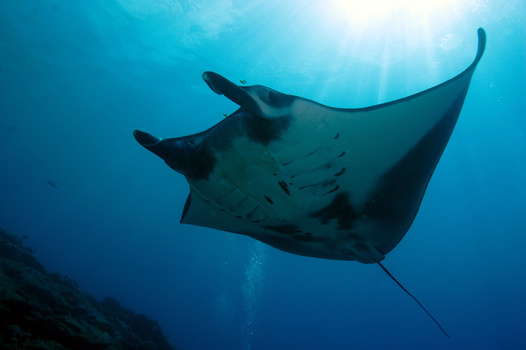 If you're confident enough, you could start with a digital SLR straightaway. If you're living in Singapore with an astronomically high cost of living, I totally understand if you prefer to go straight into a DSLR instead of spending $1-2k on a point-and-shoot, and only to spend even more on a DSLR later on. Toto can only reach the lucky few, the casino ain't open yet, and you're more likely to kenna bang by a car than strike Sweep. (If you're not Singaporean, just understand that we Singaporeans think about practical things like money all the time.)
If you're confident enough, you could start with a digital SLR straightaway. If you're living in Singapore with an astronomically high cost of living, I totally understand if you prefer to go straight into a DSLR instead of spending $1-2k on a point-and-shoot, and only to spend even more on a DSLR later on. Toto can only reach the lucky few, the casino ain't open yet, and you're more likely to kenna bang by a car than strike Sweep. (If you're not Singaporean, just understand that we Singaporeans think about practical things like money all the time.)
Anyway, like most usual Singaporeans, I have used my 'reward' points and have redeemed enough vouchers to get a point and shoot. Then I bought the housing. I only did this after clocking up more than 100 dives, when I was reasonably confident of holding a camera in one hand and trying to take a photo.
So if you're already using a DSLR on land and don't want to downgrade to a entry-level camera underwater, go for it. But if you're a new diver, you must remember to:
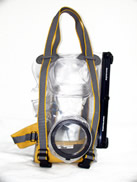
For my husband, who was handling an Ewa Marine (have you seen that bag? never taken seriously) he started doing underwater photography on his 7th dive (with the blessings of our very encouraging dive instructor)! The Ewa Marine was also used in the currents of the Maldives (again not taken seriously) and raised many eyebrows in the process.
The 4 pictures below were taken by him between his 7th and 11th dives. The first three are much better because the subjects were very cooperative (refer to the earlier list) The last one of the white headband angelfish didn't turn out so well because it went against the rule that fish swimming away from you don't make a good shot!
Most of the shots were set at the same setting because with the Ewa Marine, it's very hard to access the dials frequently. Click here to see more Aur photos taken with the Ewa Marine. And here to find out more about the equipment used for these shots.
f4, 1/125 sec, ISO 200
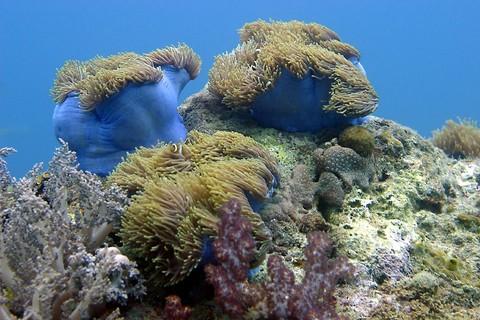
f4, 1/125 sec, ISO 200
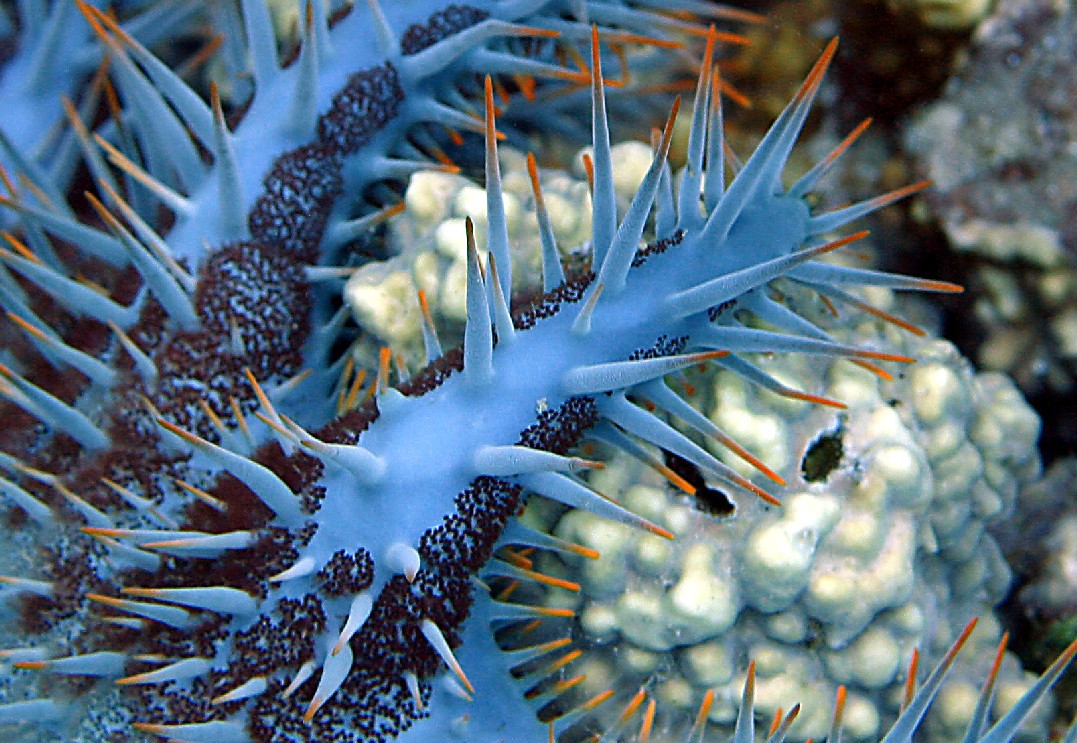
f4, 1/125 sec, ISO 200
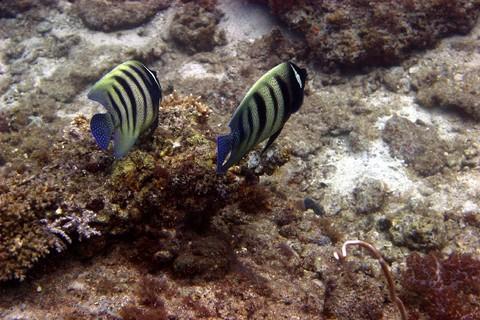
How to Go About Getting Your Photography Stuff
Normal digital cameras usually have proprietary housing available. You can buy them from places like Funan the IT Mall, Sim Lim Square, or the agent itself. Another good place to go is the Concourse, which has a number of dive shops that carry miscellaneous photography accessories.
However, proprietary housing isn't usually available for digital SLRs, so you will have to get brands that specialise in housing, such as Ikelite, Aquatica, Sea and Sea, Seacam, and Light & Motion.
Ikelite and Aquatica are available at Scubacam (details in the box on the left).
Sea and Sea is carried by the agent Sea and Sea at Adelphi.
Light & Motion is carried by Living Seas, probably the best dive centre in Singapore.
For the ports, you will need one dome port and one flat port. You can get these from the place you get your housing from. Same for the strobes.
B&H (this is where I ordered my Ewamarine online)
Wetpixel (good forum and general resource for u/w equipment)
Digideep (online directory on equipment)
Silent Symphony (online preview of the book)
Canon website (good place for technical data of lenses)
Oceanic Focus (appears to stock a good range of equipment)